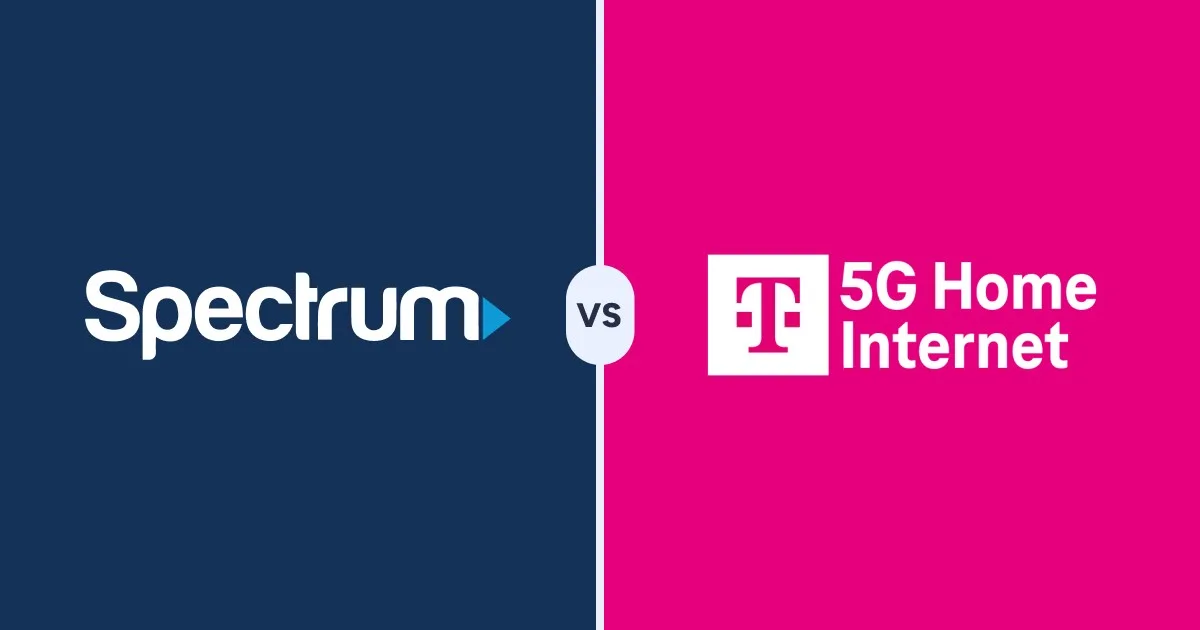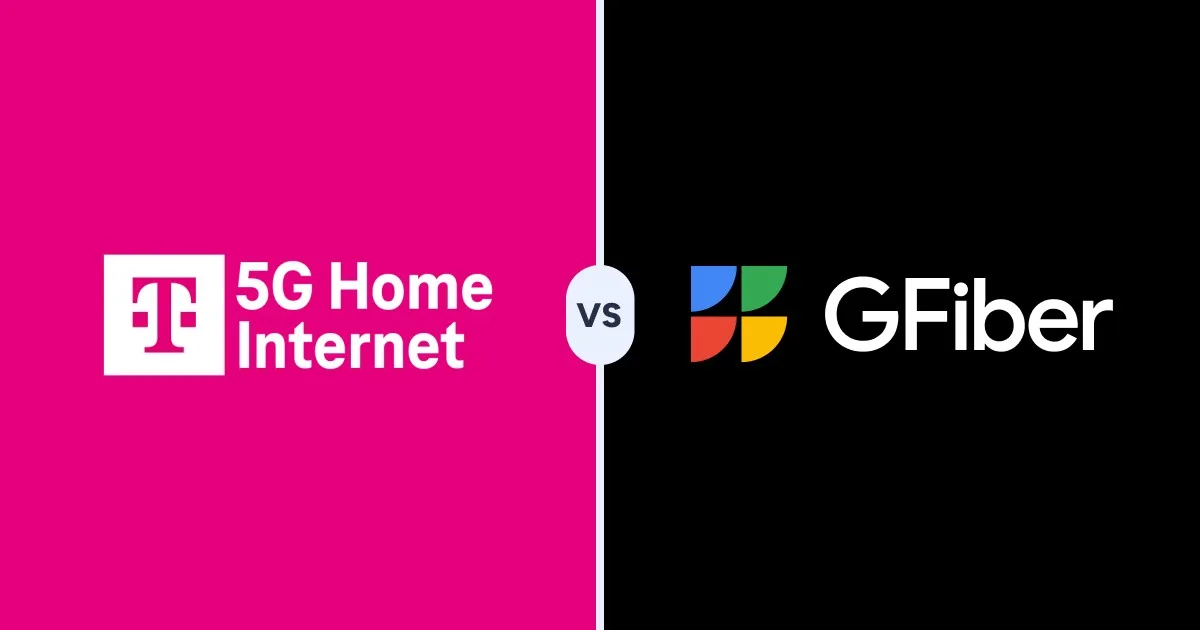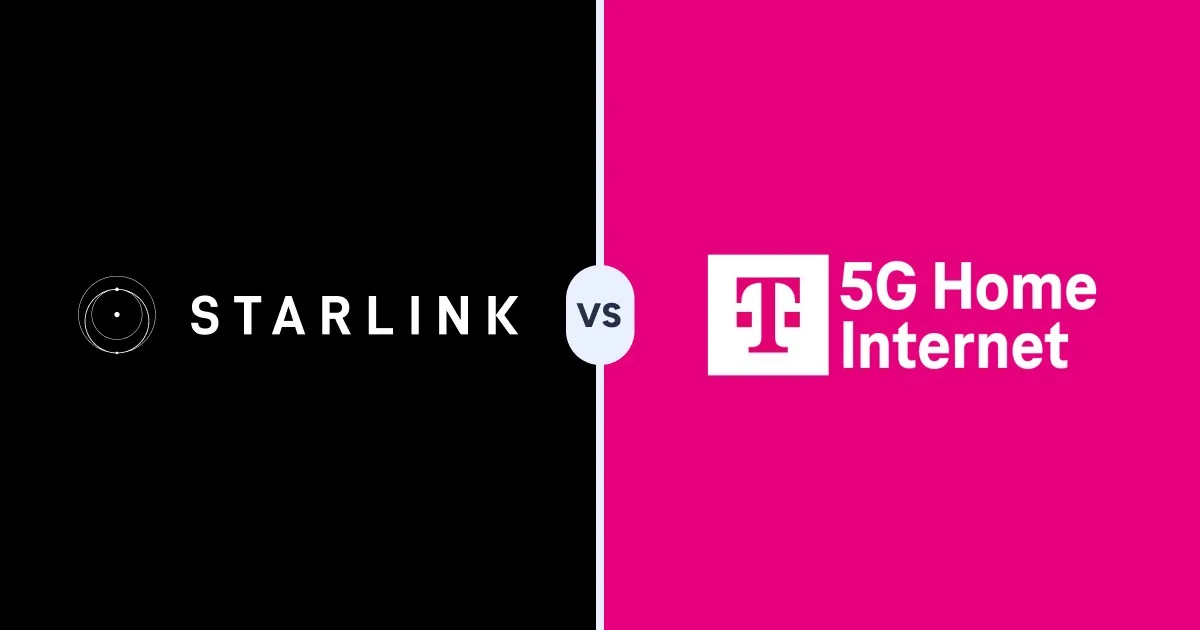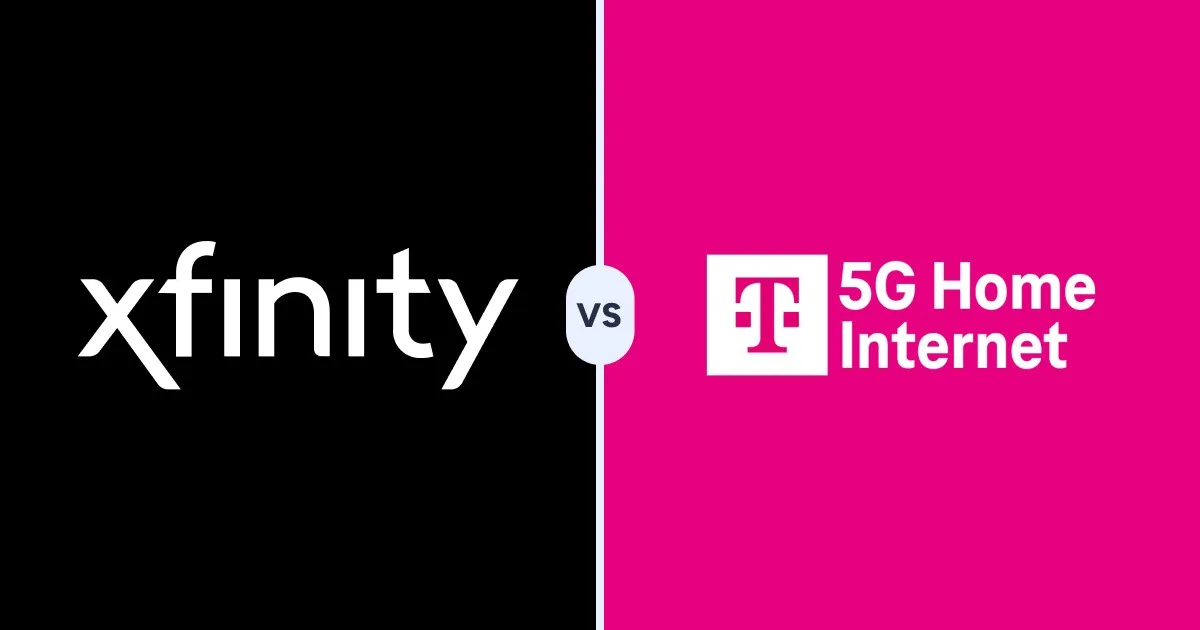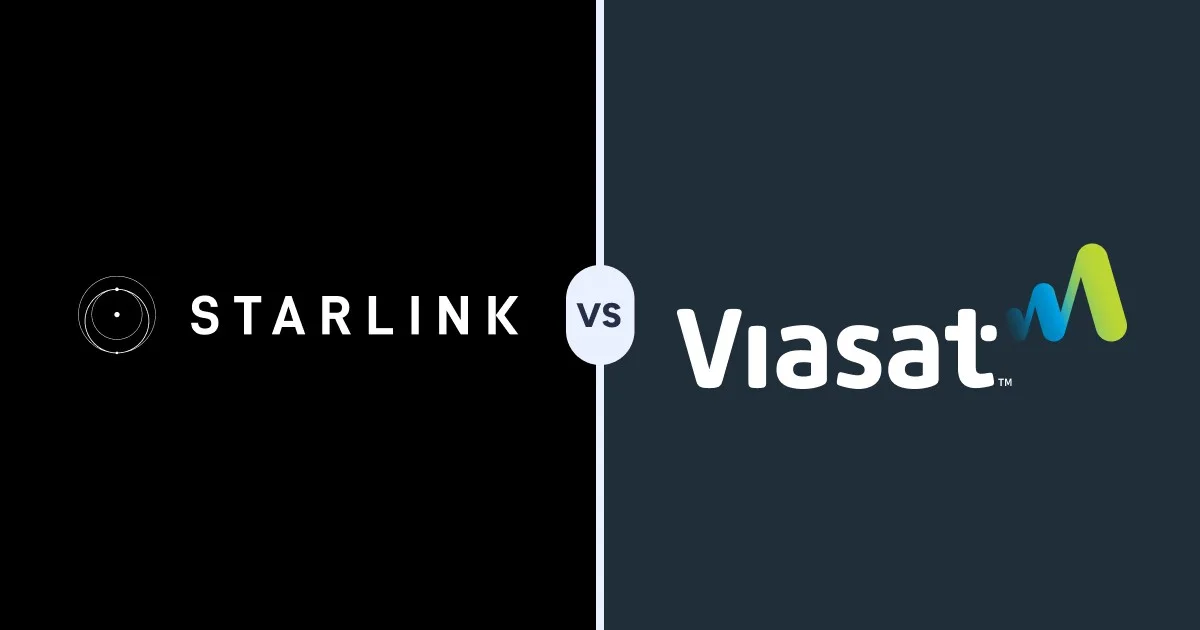Starlink vs. Hughesnet: Which Internet Provider Is Best for You?
Two providers shaping the future of satellite internet in very different ways.
Dec 1, 2025 | Share
Provider Comparisons (Versus)
-
Fastest speeds
- Starting price: $40/mo.†
- Customer rating: N/A
- Speed: Up to 400Mbps
- Internet type: LEO Satellite
- Data cap: Unlimited
-
Lowest prices
- Starting price: $39.99/mo.‡
for first 12 mos. - Customer rating: 2.9/5
- Speed: 25-100Mbps
(stated speeds are not guaranteed) - Internet type: GSO Satellite
- Data cap: Unlimited
- Starting price: $39.99/mo.‡
Data as of 09/16/2025. Offers and availability may vary by location and are subject to change.
* Based on our annual Customer Satisfaction Survey
† Plus hardware, shipping & handling fees, and tax. Fully refundable. Depending on location, some orders may take 6 months or more to fulfill.
‡ Minimum term required and early service termination fees apply. Monthly Fee reflects the applied $5 savings for ACH enrollment. Offer may vary by geographic area.
Compare Starlink and Hughesnet head to head
Starlink and Hughesnet both sit at the forefront of satellite internet technology, though each one has taken a very different approach to achieving lower latency connections. Starlink bills itself as the premium, high-tech solution for early adopters and has prices that match.
Hughesnet, on the other hand, has always focused on providing budget friendly coverage in rural areas. Hughesnet Fusion is a low-tech solution to the latency problem, although Fusion plans can be just as expensive as Starlink.
Pros and cons: Starlink vs. Hughesnet
 Pros:
Pros:
- Higher speeds
- Portable options
- Unlimited data options
 Cons:
Cons:
- High equipment costs
- Demand surcharge in certain areas
 Pros:
Pros:
- Low-cost options
- Low-latency Fusion plan
 Cons:
Cons:
- Lower speeds
- High-latency, satellite-only plans
Want to know what all the options for internet are in your area? Find out by typing in your zip code below.
On this page:
Plans and pricing | Extra fees | Internet connection types | Data caps | Contracts | Installation | Availability
On this page:
Plans and pricing: Starlink vs. Hughesnet
Hughesnet plans range from its more budget friendly satellite-only plans to its rather pricey Fusion plans. Starlink plans start around the same price as HughesNet Fusion plans, but have a much larger up-front equipment cost.
Starlink plans and pricing
| Package | Price | Speed | Order online |
|---|---|---|---|
| Starlink Residential 100 Mbps | $40/mo.* | Up to 100Mbps | View Plan |
| Starlink Residential Lite | $80/mo.* | Up to 250Mbps | View Plan |
| Starlink Residential | $120/mo.* | Up to 400Mbps | View Plan |
| Starlink Roam 50GB | $50/mo.† | Up to 300Mbps | View Plan |
| Starlink Roam Unlimited | $165/mo.* | Up to 300Mbps | View Plan |
Data as of 12/01/2025. Offers and availability may vary by location and are subject to change.
* Plus hardware, shipping & handling fees, and tax. Fully refundable. Depending on location, some orders may take 2 weeks or more to fulfill.
† Users on Mini Roam are limited to 50GB of Mobile Data and can use in-motion beyond 100mph
Starlink offers two options for residential internet, but also has portable Mobile plans. This is great for those who need internet access that goes with them wherever they go, but it comes with higher prices and lower speeds, so it’s not the best option for everybody.
The Residential Lite plan is Starlink’s most affordable plan, but it’s deprioritized during peak hours—so it’s best for smaller households with less internet usage. Starlink offers flexible service plans without contracts or price hikes. You can currently try out Starlink for 30 days and get a full refund if you aren’t happy with Starlink’s service or speeds.
HughesNet plans and pricing
| Package | Price* | Speed | Data cap |
|---|---|---|---|
| Lite | $39.99/mo.* for first 12 mos. | Up to 25Mbps (stated speeds are not guaranteed) | Unlimited |
| Select | $49.99/mo.* for first 12 mos. | Up to 50Mbps (stated speeds are not guaranteed) | Unlimited |
| Elite | $64.99/mo.* for first 12 mos. | Up to 100Mbps (stated speeds are not guaranteed) | Unlimited |
| Fusion | $94.99/mo.* for first 12 mos. | Up to 100Mbps (stated speeds are not guaranteed) | Unlimited |
Data as of 09/16/2025. Offers and availability may vary by location and are subject to change.
* Minimum term required and early service termination fees apply. Monthly Fee reflects the applied $5 savings for ACH enrollment. Offer may vary by geographic area.
Comparing Hughesnet plans is fairly straightforward, since there are just three. Your biggest decision will be whether or not low latency is worth a much higher monthly cost.
A Fusion plan provides low-latency when you need it through a hybrid connection that makes use of terrestrial wireless networks. This means that video chat and online games will be able to make use of these quick and responsive connections while the bulk of your data still travels to orbit and back.
Hughesnet satellite-only plans differ only in the data cap, making it easy to determine their value. You end up paying just half as much for data with the more expensive plans, so although you don’t want to pay for more data than you’re going to use, you also get more value with higher-data plans. Of course, this is much less of a selling point when comparing with Starlink and its unlimited data. Hughesnet will provide free professional installation if you lease your equipment.
Extra fees: Starlink vs. Hughesnet
| Equipment Fee | Installation Fee | Other Fees | |
|---|---|---|---|
| Starlink |
| Self-installation or $199 professional installation | Additional mounts from $22.00–$74.00 Additional cables from $38.00–$93.00 |
| Hughesnet |
| Free professional installation | Data Tokens starting at $9.00/ 3GB |
Data as of 06/23/2025. Offers and availability may vary by location and are subject to change.
Equipment and installation are big hurdles when switching to any new wireless plan. Switching to Hughesnet is relatively painless, as installation is reasonably priced compared to other providers. Its monthly equipment rental fees aren’t too bad, but they do add up, especially if the whole reason you went with Hughesnet was to save on costs over the competition. Hughesnet does give you the option to purchase your equipment, which will run you almost as much as Starlink’s equipment.
Starlink has no option to rent equipment and charges $199 for professional installation, so switching is both a big investment and potentially a lot of work. Although setting up Starlink is simple enough that you can do it yourself, you usually get the strongest signal if you place your antenna on the roof of your home. Professional installation is only available in 35 states and working on your roof is always potentially dangerous, so be sure to consider this before you sign up.
Another big hurdle for prospective Starlink users is the demand surcharge for certain areas. Network management has always been the weak link in Starlink’s business model and it has resulted in data caps, coverage dead zones, long wait lists, and low speeds at various points throughout its existence. Unsurprisingly, these have all been very unpopular solutions, so Starlink has begun charging new users an additional fee in high-demand areas to discourage people from signing up there. Users have reported surcharges as high as $1,000 in areas like Washington state, which is more than double the cost of their already expensive equipment.
Suffice it to say, we suggest going with a different provider if you’re in an area where these surcharges apply.
Internet types: Starlink vs. Hughesnet
| Internet type | Order online | |
|---|---|---|
| Starlink | LEO Satellite | View Plans |
| Hughesnet | GSO Satellite, Hybrid Satellite |
Starlink and Hughesnet both provide satellite internet, but they each put a different spin on the established technology. Starlink operates a constellation of satellites in a low-Earth orbit with many tiny satellites crossing the sky in any location. Hughesnet operates several large satellites in geosynchronous orbit, which is a very long distance from Earth. The time it takes for your data to travel to one of those satellites and back causes incredibly high latency or lag on your connection.
Latency is a big deal for certain kinds of activities, so Hughesnet created a hybrid, multitransport connection for its Fusion plan. Hughesnet Fusion uses terrestrial wireless networks for latency-sensitive data, switching your data over to a wireless connection if you make a Zoom call or turn on a Twitch stream to get that data to your device without the lag you’d get using your satellite connection.
For most of us, however, speed is more important than latency. Starlink initially claimed much higher speeds than its competition, but these speeds have dropped significantly as its service grew. Starlink speeds aren’t that impressive at the moment, but Starlink’s slowest speeds are still about as fast as HughesNet’s fastest speeds, so there’s still no competition in this category.
Data caps: Starlink vs. Hughesnet
| Data Cap | Order online | |
|---|---|---|
| Starlink | Unlimited | View Plans |
| Hughesnet | Unlimited |
Starlink has ditched its data caps on its residential plans after waffling back and forth on the issue while trying and failing to manage its network congestion. Some plans, like the Roam 50GB plan, still come with limited data (as you may have inferred from its name).
Hughesnet plans are limited and come with a certain amount of priority data, but Hughesnet’s low speed makes it harder to burn through data as fast as you would on a wired connection.
Additionally, Hughesnet plans come with 50GB of Bonus Zone data, which you can use between 2:00 a.m. and 8:00 a.m. This isn’t very convenient for most online activities, but it gives you a time to schedule things like system updates, which could otherwise eat up your entire data cap for the month in one go. You can download media like games or videos during this time, which you can then play back during daylight hours.
Contracts: Starlink vs. Hughesnet
| Contract length | Order online | |
|---|---|---|
| Starlink | No contracts | View Plans |
| Hughesnet | 2-year contracts |
Starlink requires no long-term contracts, which is great. It’s currently the only satellite provider not to require one. Buying your equipment upfront places a fairly big barrier to switching, but it’s still better than paying huge termination fees down the line.
Hughesnet plans come with a two-year service contract. Two years is about as long as internet contracts get, but it’s standard for most satellite providers. It’s also unfortunate for Starlink customers, because a basic Hughesnet plan would make an excellent stopgap while you’re waiting the 6 to 11 months for your equipment to be shipped if you could just cancel your service when it finally arrived.
Installation: Starlink vs. Hughesnet
| Installation options | Order online | |
|---|---|---|
| Starlink | Self-installation or $199 professional installation | View Plans |
| Hughesnet | Free professional installation |
Starlink offers professional installation for $199, but it’s only available in 35 states—so you’ll have to set up your equipment yourself if your area isn’t eligible for a professional installation. Although it’s much simpler to install than the equipment for GSO satellite service like Hughesnet, doing any work on your roof can be dangerous if you don’t have experience doing it. If you’re not confident about installing your dish on your roof, we suggest that you get some help from a friend or hire a local handyman for assistance.
Hughesnet equipment requires professional installation, which involves mounting a satellite dish on or nearby your house and running a cable inside to the router. The dish must be aligned to the satellite by the technician in order to get a signal. Those leasing their equipment can get free professional installation, which makes it a much more accessible option to those who can’t afford a huge upfront investment.
Availability: Starlink vs. Hughesnet
Both Starlink and Hughesnet are available nationwide, even in the most remote rural locations. Starlink Roam plans give the added benefit of being able to access the internet anywhere you go, whereas HughesNet and Starlink Residential plans only function at your home address.
To see a rundown of all the internet providers in your area, enter your zip code below:
Final call: Starlink vs. Hughesnet
With each of the two providers targeting a very different group of customers, it’s easy to recommend Starlink to those who want speed and are willing to pay for it and Hughesnet for those looking for an affordable option that covers the basics.
For those who need a low-latency connection, the race is a bit closer. Starlink has higher speeds and can offer the best overall experience, but the company is also struggling with basic logistics and network management. Hughesnet, by contrast, rolled out its entire Fusion program nationwide in a matter of weeks and can have technicians at your home to install your equipment in days, not months.
So the big question for those deciding between Hughesnet Fusion and Starlink is whether you’d rather get an adequate internet connection now or wait for a great connection later.
Methodology
Our HighSpeedInternet.com editorial team bases our analyses on customer input from our annual customer satisfaction survey, results from our speed test tool, and proprietary internet provider data on speeds and pricing. To strengthen our research, we look closely at provider contracts to get hard-to-find information on price hikes, data caps, and extra fees, and we keep tabs on the latest news reports and online reviews. When applicable, we also rely on our personal experiences testing these services.
More about Starlink and Hughesnet
Author - Peter Christiansen
Peter Christiansen writes about telecom policy, communications infrastructure, satellite internet, and rural connectivity for HighSpeedInternet.com. Peter holds a PhD in communication from the University of Utah and has been working in tech for over 15 years as a computer programmer, game developer, filmmaker, and writer. His writing has been praised by outlets like Wired, Digital Humanities Now, and the New Statesman.

